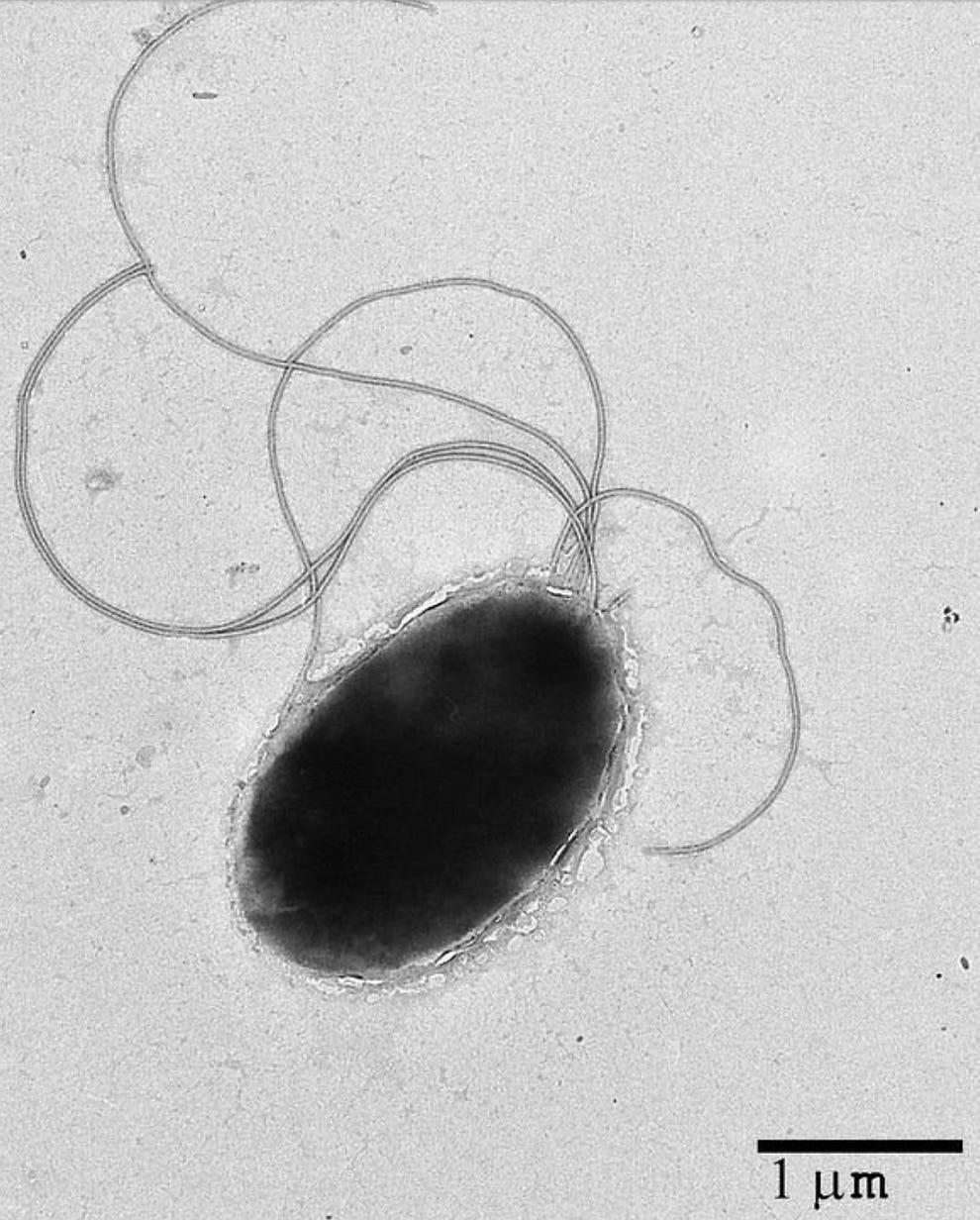31st March 1981
Today in 1981, the first patent for a genetically engineered life form was issued to Ananda Chakrabarty.
https://alchetron.com/Pseudomonas-putida
https://alchetron.com/Pseudomonas-putida
Ananda Chakrabarty developed his genetically engineered bacterium in the 1970s while working as a scientist at General Electric (GE). In 1971, Chakrabarty began working on a project to find a way to break down crude oil using bacteria, which led to the creation of the genetically engineered Pseudomonas putida strain. Chakrabarty had developed a single-cell organism capable of breaking down crude oil into simpler substances that could even become food for aquatic life. This ability was not possessed by any naturally occurring bacteria.
The bacterium was extensively tested for safety before it was released for use in the environment. According to a report by the Environmental Protection Agency (EPA), the bacterium was tested for its ability to survive in the environment, its potential to spread to other organisms, and its potential to cause harm to humans or other living organisms. Based on these tests, the EPA determined that the bacterium posed no significant risk to human health or the environment.
In laboratory experiments, Chakrabarty's bacterium was able to break down 90% of the oil in a test environment within ten days, while a naturally occurring strain of Pseudomonas putida was only able to break down about 55% of the oil in the same time frame. Field trials of the bacterium in oil spill clean-up efforts have also shown promising results. For example, in the aftermath of the Exxon Valdez oil spill in 1989, Chakrabarty's bacterium was used to treat oil-contaminated beaches in Alaska, and the treatment resulted in a significant reduction in oil levels.
When Chakrabarty first applied for a patent for his genetically engineered bacterium, the United States Patent and Trademark Office (USPTO) rejected it, stating that living organisms were not patentable subject matter. However, Chakrabarty appealed the decision, and the case eventually made its way to the Supreme Court.
In its decision, the Supreme Court held that living organisms that have been genetically engineered are patentable subject matter under the Patent Act. The Court noted that the patent laws were intended to promote the progress of science and the useful arts and that this purpose would be served by allowing patents on genetically engineered life forms. The bacterium created by Chakrabarty was not found in nature and was a product of human ingenuity, which made it eligible for patent protection. Chakrabarty was eventually awarded the patent, the first of over thirty awarded to him during his career.
The decision paved the way for the patenting of genetically engineered organisms. Since then, thousands of patents have been issued for genetically engineered plants, animals, and microorganisms. These patents have been granted for a wide range of applications, including agriculture, medicine, and environmental remediation.
However, the patenting of genetically engineered organisms remains a contentious issue, with some critics arguing that it creates a monopoly on life and can be used to restrict access to essential medicines and technologies. Additionally, there are concerns about the potential risks associated with genetically engineered organisms, such as the possibility of unintended consequences and the potential for genetic pollution.
In recent years, the use of CRISPR/Cas9 gene editing technology has raised new questions about the patentability of genetically engineered organisms. The technology allows for precise manipulation of genetic material, which could potentially be used to create new organisms with specific traits. However, there is debate about whether these organisms should be eligible for patent protection, as they may be seen as products of nature rather than human invention.





